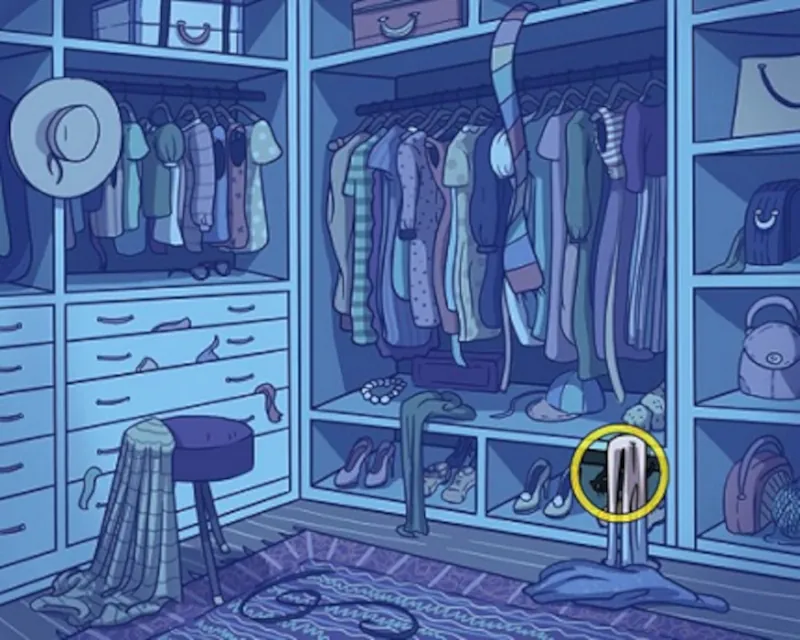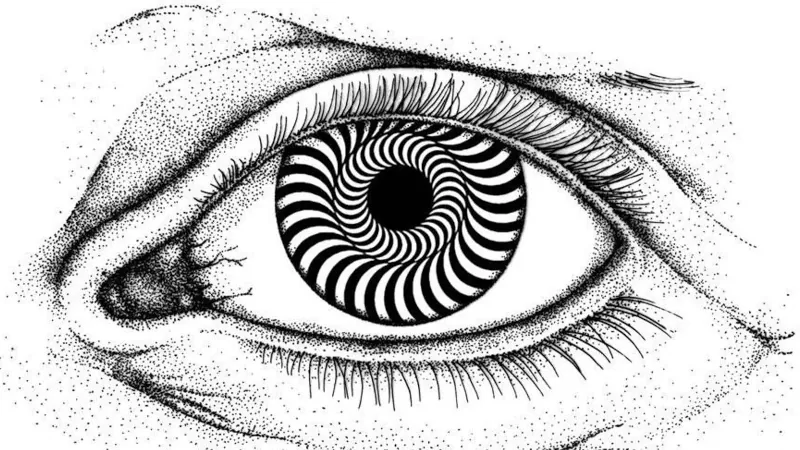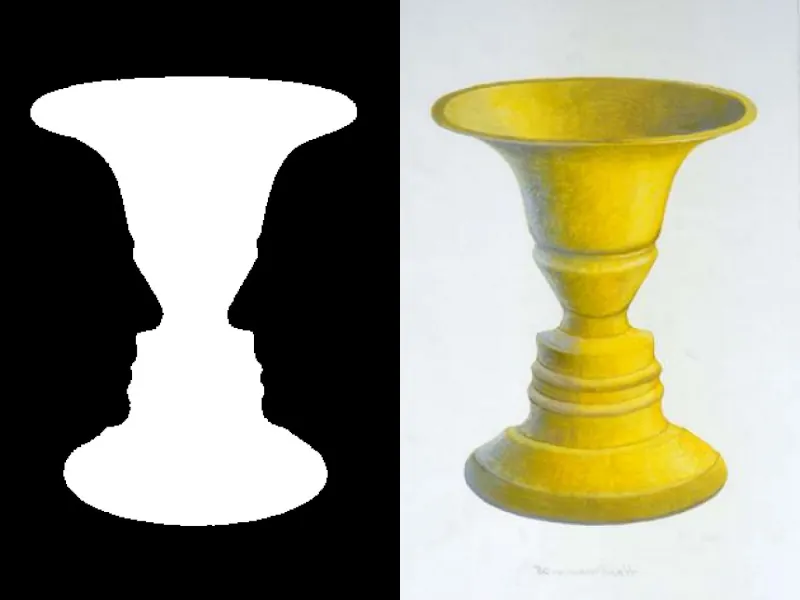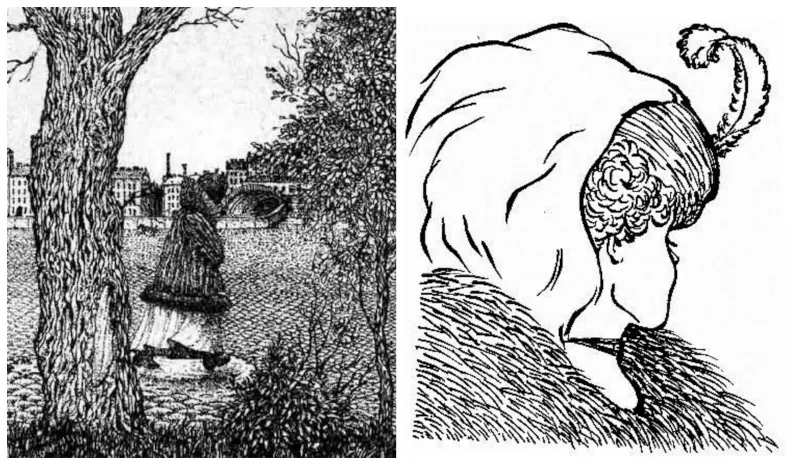We’ve created a quick optical illusion so you can find a cat hiding in a closet. But be aware that only 2% of the participants can spot the cat in just 15 seconds! It is up to you to test your sense of observation.
People with high IQ can solve this optical illusion test in just 15 seconds.
You’ve probably already seen several types of optical illusions, such as physical, physiological and cognitive illusions. Studies reveal that optical illusions are also part of the field of psychoanalysis, which sheds light on how you perceive things. A clever illustration of this phenomenon can be seen in the picture where a cat is hiding somewhere in the cupboard.
Could you find the hidden cat in the closet in just 15 seconds?

Quick optical illusion: Animals hidden in a drawing
In this illusion we can see a large wardrobe in which a cat is hiding. The illusion challenges viewers to find the hidden cat in the picture. It has been claimed that only 2% of people can find the hidden animal in this picture.
Quick Optical Illusion: Hint
If you’re having trouble spotting the hidden chat, we’re here to help. If you look closely at the picture, you will see clothes hanging in the wardrobe. There are handbags, hats, shoes and suitcases inside the wardrobe. This optical illusion of a cabinet can tell you how good your eyesight is. To make it easier for you, we have highlighted the hidden cat inside the closet in the image below.
The cat is hiding on the bottom shelf where there is a pair of yellow shoes. The photo left thousands of adults scratching their heads trying to spot the hidden cat in the wardrobe.
The cat is hiding on the bottom shelf where there is a pair of yellow shoes

When you look at something, what you actually see is light that has bounced off that thing and entered your eye. The latter converts light into electrical impulses that your brain can convert into an image that you can use. This process takes about a tenth of a second, but your eyes receive a huge amount of information. Therefore, it is very difficult for the brain to try to focus on everything at the same time.
Your brain takes shortcuts to help you focus on what’s important. This makes it possible to compensate for the processing delay of a tenth of a second.
Optical illusions trick the brain into taking advantage of such shortcuts.
The eyes receive a huge amount of information

What is the origin of the optical illusion?
The history of optical illusions dates back to the 5th century BC, when Epicharmus first presented the explanation for this phenomenon. Epicharme believed that although our mind knows and understands everything clearly, the sense organs deceive us and present an optical illusion. Another Greek philosopher of the same period, Protagoras, had a different opinion on this subject. According to him, it is not the senses, but the environment that deceives us. The views presented by Epicharmus and Protagoras added to the confusion about what optical illusions actually are.
One of the examples of optical illusions from the past is associated with the roofs of Greek temples. The roofs of these temples were built in a sloping manner. This construction method created the illusion that the roofs were horizontal. This happened because the roof and walls, when exactly perpendicular to each other, gave the illusion that the roof was arched or arched. A scientific explanation of optical illusions should help you better understand this concept.
One of the most famous optical illusions: Rubin’s vase

Test your observation skills using optical illusions

Here are some examples of optical illusions


Sources:
jagranjosh.com ©
brightside.me ©